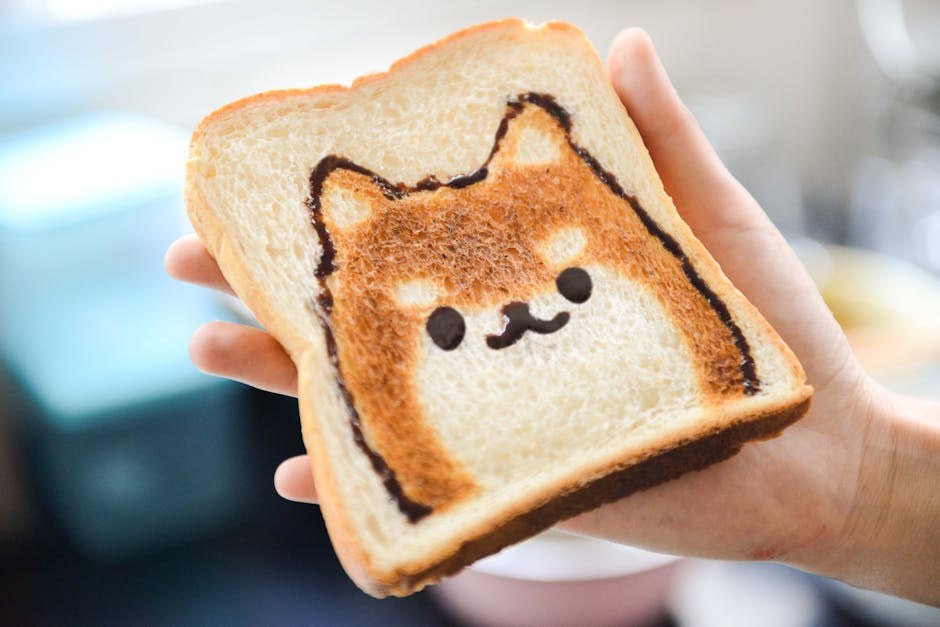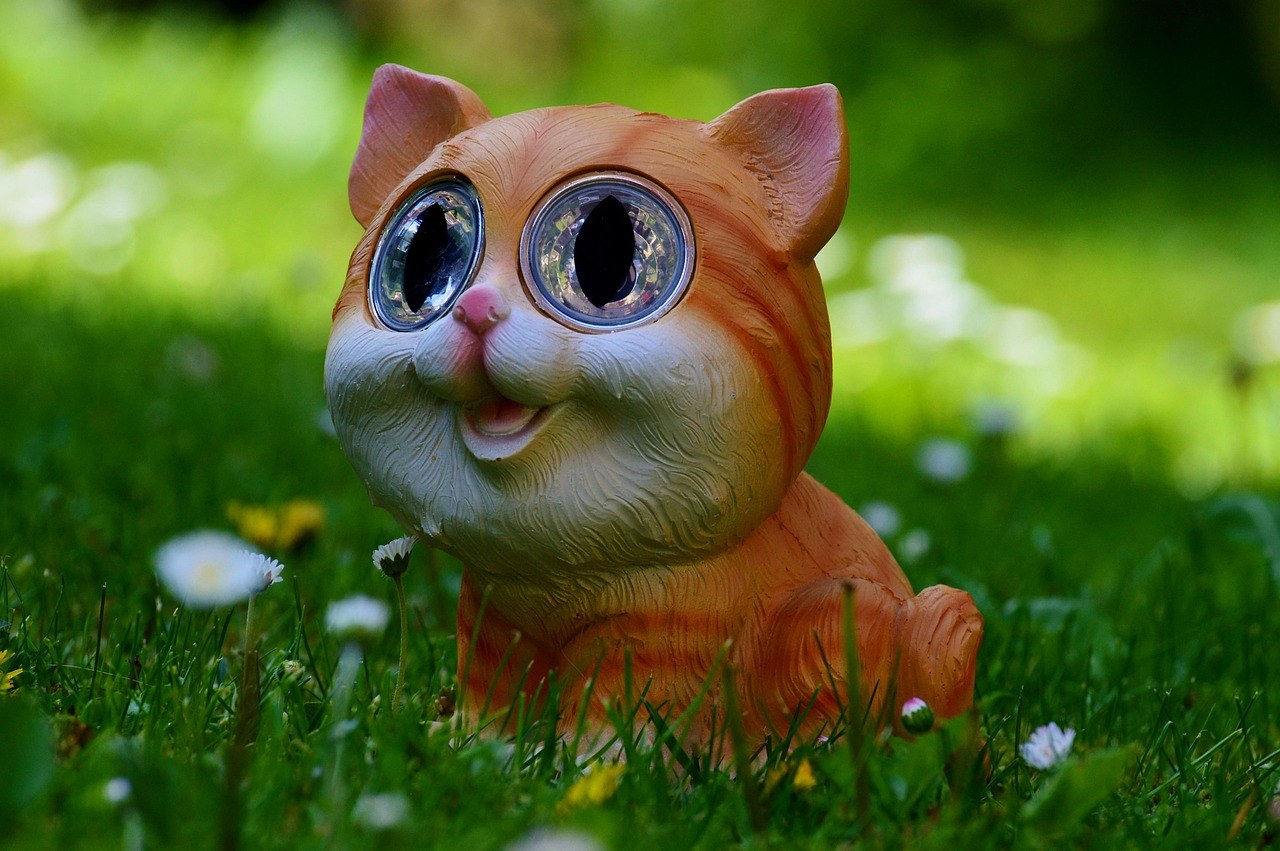Looking great in your own photos is not a mysterious talent reserved for influencers – it’s a learnable skill. With a little awareness of light, angles, expression, and composition, anyone can create a good selfie that feels natural instead of staged. The following guide reorganizes the essentials into a practical flow you can repeat anywhere, so you can produce a good selfie whether you’re at home, outdoors, or catching a quick moment with friends.
Why mastering the process makes such a difference
Self-portraits show up everywhere: messaging apps, online profiles, and daily stories. A good selfie isn’t about pretending to be someone else – it’s about representing your real self clearly and flatteringly. When you can depend on a repeatable routine, you’ll avoid the “close enough” uploads and have a good selfie you’re proud to share. Better still, a consistent approach frees you from overthinking, so you can focus on personality and mood – the parts that make a good selfie feel alive rather than stiff.
Build a reliable workflow before you hit the shutter
Great images usually follow a sequence: find light, set a simple frame, choose an angle, add expression, and take several variations. Every step nudges you closer to a good selfie, and skipping any of them often shows. Think of these techniques as modular – combine what’s relevant for the space you’re in, and you’ll still land on a good selfie that feels effortless.

-
Chase soft light first
Light will make or break a good selfie. Soft, diffused brightness wraps around your face, smoothing contrast and minimizing harsh shadows. Outdoors on a lightly overcast day is ideal – you get all the clarity without squint-inducing glare. Indoors, face a window and let that gentle glow do the heavy lifting for a good selfie.
-
Time your shot for the warm glow
Late-day light – often called golden hour – delivers flattering warmth and dimension. Step into that glow and you’ll notice how everything looks dreamy. If you can plan for it, the last stretch before sunset is an easy shortcut to a good selfie with minimal effort.
-
Present your most polished everyday self
A good selfie starts with simple grooming: freshened skin, brushed hair, clothes that sit right. You don’t need extremes; just smooth the distractions so your expression can take center stage. When you feel put-together, your posture changes – and that confidence reads as a good selfie before you even press the button.

-
Batch your attempts
Expecting perfection in one try is a trap. Take a quick series from slightly different distances and angles. Tiny variations add up, and within that set you’ll almost always find a good selfie. Delete later – exploration is part of the path to a consistently good selfie.
-
Discover your flattering angles
Everyone has a side and tilt that works better. Test small adjustments – chin forward a touch, camera a bit higher, shoulder turned. When an angle makes your features harmonize, remember it. Repeating that formula is how you turn luck into a predictable good selfie.
-
Rehearse in a mirror
Mirror practice is like a dress rehearsal: it helps you spot what works without the pressure of a countdown. Find a look you genuinely like, then replicate it for a good selfie. The more familiar you are with these micro-movements, the faster you’ll arrive at a good selfie in real time.

-
Use a helpful app – sparingly
Camera tools can streamline exposure, framing, and gentle edits. Keep the tweaks subtle, though. The goal is to refine, not disguise. A feather-light touch preserves your authenticity, which is what gives a good selfie lasting appeal.
-
Add hands and props for interest
Vary your composition: a coffee cup, a hat brim, fingers grazing your cheek – these details add story and scale. These small additions make a good selfie feel candid and lived-in, not just face-centered.
-
Play with expression
Cycle through moods – soft smile, thoughtful gaze, playful wink. If every picture uses the same face, your grid blends together. Variety keeps each frame fresh and helps you land a good selfie that matches the moment.
-
Try a head-to-toe frame
When a mirror is handy, step back. A full-length composition lets posture, outfit, and environment contribute to the story. This wider view can become a surprisingly good selfie because it shows context – where you are and how you inhabit the space.
-
Look at the lens, not your reflection
It’s tempting to watch yourself on the screen, but that shifts your gaze off-axis. Lock eyes with the camera lens and you’ll create connection – the secret sauce of a good selfie that feels engaging rather than detached.
-
Edit with restraint
Heavy edits flatten personality and can make skin look unreal. Nudge exposure, crop for balance, and stop. That gentle approach preserves the nuances that make a good selfie feel like you – just on your best day.
-
Don’t depend on trendy filters
Filters come and go, and some mask your features so much that you can forget what you actually look like. Use them for play, not identity. A natural frame often reads as a good selfie because it trusts your real texture and tone.
-
Skip overused poses
Leaning on cliché gestures – you know the ones – makes images feel dated. Aim for relaxed shoulders, easy hands, and clean lines. Originality is magnetic, and it’s a direct path to a good selfie that stands out.
-
Keep your body moving
Holding a pose for too long creates tension in the jaw and eyes. Loosen up between clicks. Speak a sentence, shift your weight, roll your shoulders. That micro-motion keeps energy alive – the difference between a stiff picture and a good selfie with spark.
-
Favor the rear camera when possible
The back camera typically captures more detail and distorts less at close range. If framing is tough, use a mirror or voice shutter. The payoff is a cleaner, more accurate image – often a faster route to a good selfie.
-
Clean the lens – always
Smudges and lint soften focus in a way that screams careless. A quick wipe restores crispness and contrast, giving your effort a fair chance at becoming a good selfie.
-
Prep skin with moisturizer
Hydrated skin reflects light evenly and minimizes cakeiness. A thin layer helps makeup sit better and keeps texture calm, so the camera reads a fresh finish – a subtle boost toward a good selfie that looks vibrant.
-
Invite friends – and pets
Adding a companion infuses warmth and spontaneity. Laughter, a nuzzle, or a shared look can turn an ordinary frame into a good selfie that radiates connection.
-
Observe current styles without copying blindly
Trends suggest what’s resonating – framing styles, background choices, or playful crops. Borrow what aligns with you and leave the rest. That balance keeps your feed modern while preserving the personal feel of a good selfie.
-
Track what your audience enjoys
Notice which posts receive the most interaction. Maybe it’s window light, or a certain angle. Use that feedback to refine your approach so your next good selfie builds on proven strengths.
-
Let a genuine smile lead
Nothing outshines a real smile. Think of something that warms you – it softens your eyes and lifts your cheeks naturally. That authenticity is the heartbeat of a good selfie.
-
Engage your eyes
The most convincing smiles travel upward. Imagine the feeling moving from mouth to cheeks to eyes – a subtle squint, often called a Duchenne look, brings life to the frame. When your eyes smile, you’re inches away from a good selfie.
-
Say something silly to loosen up
Speaking a goofy word breaks tension and turns forced smiles into real ones. The tiny laugh that follows is candid gold – exactly the kind of moment that yields a good selfie with charm.
-
Project confidence with a forward chin
Extend your chin slightly and lower it a touch – not a jut, just enough to define the jawline and open the neck. This tiny posture tweak adds polish and clarity, nudging any frame toward a good selfie.
Make composition work for you
A good selfie doesn’t need a complicated background. Choose clean, uncluttered spaces or align yourself with interesting shapes – doorways, plants, or architectural lines. Place your eyes along the top third of the frame and tilt the camera subtly for dynamism. If your surroundings are busy, step closer and let your face dominate. Each of these small choices trims visual noise and ushers in a good selfie with clarity.
Refine your routine for different places
-
Indoors near a window
Stand so the window faces you and is slightly higher than eye level – that direction helps minimize under-eye shadows. If light is strong, step back or diffuse it with a curtain. This simple setup is a repeatable recipe for a good selfie at home.
-
Outdoors at midday
Midday sun can be harsh. Seek open shade – the bright area just inside a shadow line – or turn your back to the sun and let the environment bounce light toward your face. Either approach helps salvage the conditions and returns you to a good selfie trajectory.
-
Evening interiors
House lamps cast warm pools of light. Face the light source and step just far enough away to smooth hotspots. If you can, bounce the light off a pale wall. With care, even indoor bulbs can help deliver a good selfie that looks cozy and intentional.
Editing choices that keep it real
After shooting, choose the cleanest frame and crop first – composition fixes often do more than filters. Straighten leaning lines, remove distractions at the edges, and ensure your eyes remain the focal point. A whisper of exposure or contrast can add snap, but stop before skin tones look plastic. These decisions are protective – they keep a good selfie expressive rather than overprocessed.
Build a personal style you can repeat
Consistency doesn’t mean sameness – it means recognizable choices. Perhaps you favor natural window light, a three-quarter angle, and relaxed hands in frame. When you know your pillars, you can tweak them playfully and still deliver a good selfie that feels like you. Over time, your viewers will spot your signature, which is part of why a good selfie resonates beyond a single post.
Troubleshooting common issues
Problem: Flat, dull skin in photos. Fix: Moisturize, then position yourself so light arrives from slightly above eye level. This combination restores vitality for a good selfie.
Problem: Eyes look unfocused. Fix: Switch your gaze directly to the camera lens and breathe out slowly – the relaxed look is key to a good selfie.
Problem: Distorted features up close. Fix: Use the rear camera or increase the distance and crop later. Perspective improves, and so does your chance at a good selfie.
Problem: Background clutter. Fix: Slide sideways until you find a clean wall or simple texture. Simplicity supports a good selfie instead of competing with it.
Practice – the real secret behind consistent results
Professionals don’t rely on one-off luck; they iterate. Treat each session as practice and keep your energy light. The more you repeat this routine, the faster you’ll glide from setup to a good selfie. Momentum is your friend – every attempt teaches you something, and the wins stack up into a reliable, personal method for a consistently good selfie.
Put it all together and you have a simple equation: soft light, clean composition, a flattering angle, and a lively expression – multiplied by several quick takes. Follow that rhythm and you’ll capture a good selfie anywhere, any day, with no need for elaborate gear or trends that fade.